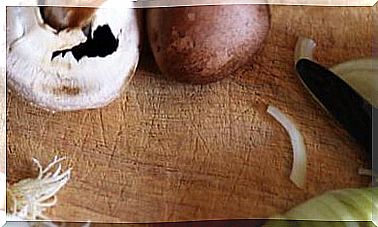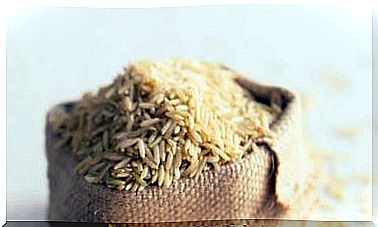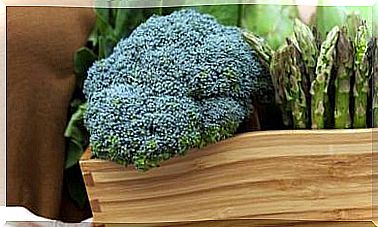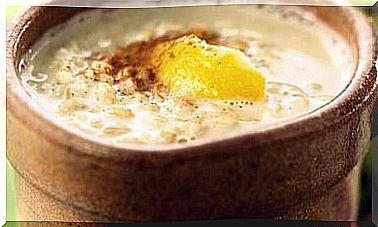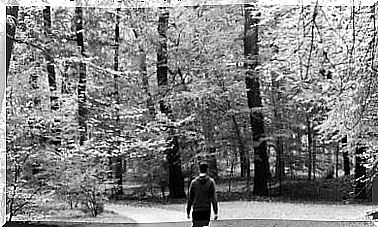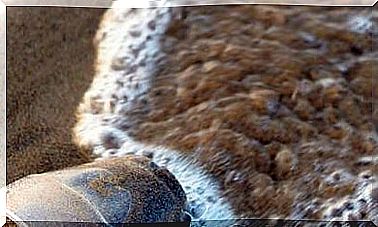8 Ideas To Bring Nature Into The Home
Creating green spaces inside the house has only one limit: imagination. We will get cleaner air, a vital environment and health benefits.
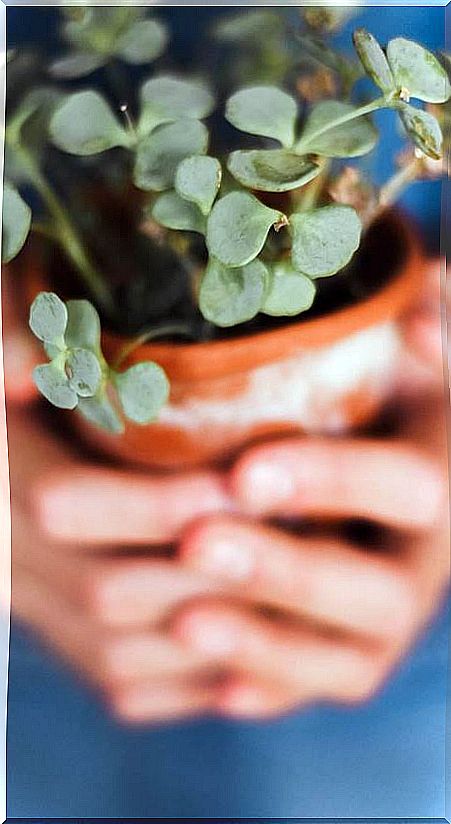
The contact with nature plays a fundamental role in the health of people. This is not an exaggeration, the doctors say.
A good dose of “green spaces” has been proven to have undeniable benefits : it lowers blood pressure, lowers muscle tension and cholesterol, relieves stress, and reduces headaches and digestive problems, among other positive effects.
So powerful is its impact on health that medical science has found that these benefits also come from simply contemplating the green world : a study showed that hospital patients recover faster and need less pain medication after an operation if they have contact visual with a wooded garden or park.
Possibly because it acts on the nervous system, associated with physical energy and stress reduction. There is also a clear psychic answer:
- in contact with nature we experience a greater feeling of pleasure
- easy to concentrate
- to study and to work
- greater vital interest
- negative emotions such as anger, anxiety, or mental fatigue decrease
8 types of green spaces in the home
When there is no time to escape to the forest and the views from our windows are concrete gray, an “eco-healthy” solution is to include fragments of refreshing nature in the home.
If we have a terrace or balcony, the plants compensate us for the excess of urban gray and act as a barrier to dust and urban environmental toxins. But you have to distribute them not based on how they are seen from the outside, but on the landscape they offer from our home.
The best thing to do is to choose a harmonious combination of plants that filter the air of toxins (ficus, spatifilus, dieffembachia, philodendron, poto, ivy, palm trees, fern, dracena…) with some flowers in our favorite colors.
1. Vertical garden
Jesús Arnau, expert in ecological gardening and co-author of El huerto-jardin ecológico (Integral, 2010), recommends setting up a vertical garden “far from intense light and with variegated plants, since white and yellow produce a sensation of light “.
It says that you should choose resistant plants and hanging habits such as ribbon, pothos, ivy, green tradescanthia and species with leaves stained yellow, white or purple. To include color, if there is enough light, yellow or orange begonias, or fuchsias, which can also take on an attractive hanging look with assorted colored flowers.
Caladium and coleus provide the reddish tones of their leaves, a spot of color that is like a bloom. Arnau would also include plants with large leaves to give variety to the textures: aralia, philodendron or marquise.
To give a solid base to the composition, I would add at the start, on the ground, a planter with a combination of plants with vertical growth volume: ferns, ficus benjamina, Brazilian wood, cheflera, alocasia (marquise).
And next to the vertical garden I would put a small fountain with a 12-volt pump to maintain the humidity and give a relaxing touch thanks to the sound of the water.
2. Climbing plants
They extend vertically offering a lot of plant surface with a minimum of soil. Most can withstand hot and cold, such as wisteria, ivy, or honeysuckle.
3. Orchards in corners
The garden on the terrace brings the same benefits and some extras: it helps you exercise and offers the satisfaction of eating your homegrown. Today the task is easy because there are cultivation tables for all spaces.
In small places you can start by planting tomatoes or peppers. Chard, onions or lettuce are resistant and unproblematic. Some edible trees are well adapted to terraces, such as avocado, apricot or lemon.
4. Hanging from the ceiling
Kokedama is a Japanese ornamental plant technique similar to bonsai: poorly developed seedlings are selected whose roots are wrapped in a ball of peat and substrate.
The root ball is covered with moss instead of using a pot. With a rope they can be hung, creating a green curtain in the house.
5. Surround yourself with wood
Wood is hygroscopic, creates warm environments and increases the feeling of calm. In addition to wood on floors, walls, furniture and other objects, nothing is so similar to having a tree at home as placing a stump and being able to admire it every day.
Its extraction from the ground is very difficult, but it is possible to obtain it in a sawmill, through a gardener or in places of sale of firewood. It can be used as a base for a coffee table or just leave it as is.
6. Memories of the forest
Any walk through the forest can be used to collect flowers, branches or shrubs and make wild bouquets. Leaves, fruits and seeds are placed in dishes or used to decorate crafts.
Some bare branches, in water, can turn green and give new leaves. With thick branches you can make a rustic coat rack.
The inorganic is also nature: pieces of rock or minerals as bookends, and unique stones and sand decorate glass jars topped by a beeswax candle.
7. Natural fibers
Sisal, jute, hemp, wicker, rattan, and seaweed fibers can be added to furnishings, baskets, or rugs. Cork and bamboo provide comfort and warmth to the environment. Stone floors offer different textures and colors, from slate or sandstone to marble, and keep the house cool in summer.
8. Scented windows
On the windowsill of the kitchen or any other, medicinal and aromatic plants can be grown . Basil, chives, oregano, parsley, savory … they brighten the eye and serve to garnish stews.
A good choice are those species that give off an intense natural fragrance. An aloe provides relief from a burn. Lemon verbena has toning properties. And eating a handful of stevia leaves favors the function of the pancreas.
The limit to introduce nature at home is the imagination
A small fountain, an aquarium or a water garden refresh the atmosphere and relax the mind.
Terapia Urbana, a company formed by agronomists and architects from the University of Seville, works on domestic aquaponics systems, “a combination of aquatic ecosystems with cultivation of plants in symbiosis, from which both parties mutually benefit”, explains Fernando Hidalgo, member of this group of professionals of urban nature.
And the American artist Justin Kemp loves to place the work or study table on a shallow wooden platform and fill it with beach sand. You work comfortably barefoot, evoking pleasant days by the sea.
Another idea: line a whole wall with very dry reeds, bamboo logs or wooden discs cut from a log. Nature can be a daily magic that revitalizes us every day.
